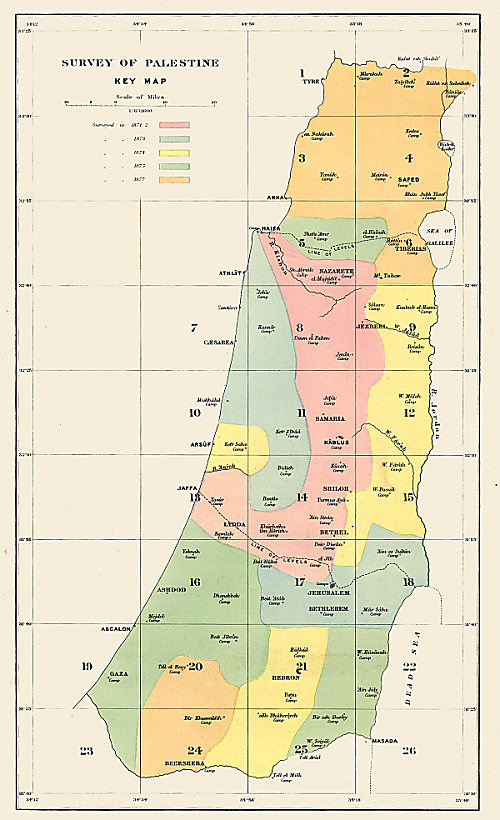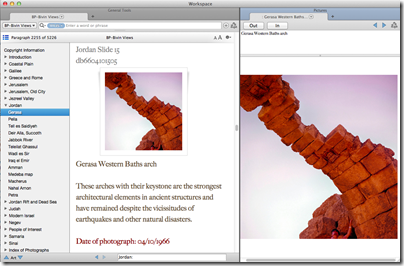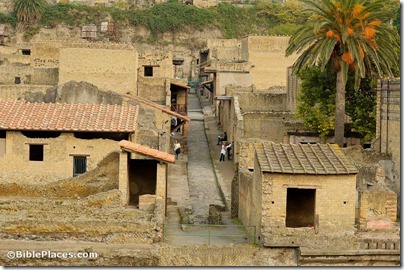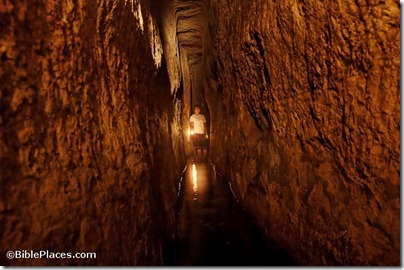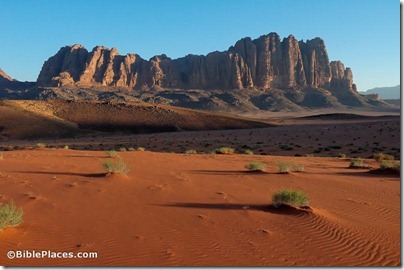The Cura Aquarum in Israel will be held next week at Neve Ilan. Many of the lecture topics are of interest.
Monday October 15, 2012 (Neve Ilan Hotel)
Session A: 09:00 – 10:30 Ancient water systems in Israel 1
Chairperson Jim Parker
1. Is There Light at the End of the Tunnel? The Gezer Water System Project – Dan Warner, Tsvika Tsuk, Jim Parker and Dennis Cole
2. A New Assessment of the Upper Aqueduct to Jerusalem: its Date and Route – David Amit and Shimon Gibson
3. Dating and engineering of Siloam Tunnel, Jerusalem – Amos Frumkin and Aryeh Shimron
Session B: 11:00 – 12:50 Ancient water systems in Israel 2
Chairperson Dennis Cole
4. The Inverted Siphon Pipelines to Tel Bet Yerah/es-Sinnabris – Yardenna Alexandre
5. The “’Otzar” in Ancient Ritual Baths: Second Temple Period Innovation or Anachronistic Interpretation? – Yonatan Adler
6. When were the Qanat Systems introduced to the Holy Land? – Yosef Porath
7. The Early Islamic aqueducts to Ramla and Hebron – Amir Gorzalczany and David Amit
Session C: 14:15 – 15:15 Ancient and modern water systems in Israel 3
Chairperson Ronny Reich
8. Touring Israel’s ancient water systems – Tsvika Tsuk
9. Water in Israel and in the Middle East – past, present and future – Shimon Tal
Session D: 15:35 – 17:00 Turkey 1
Chairperson Werner Eck
10. Grundwassernutzung in der hethitischen Hauptstadt Hattusa um 1600 v. Chr. – Hartmut
Wittenberg
11. Ancient Water Systems of the Lamas Çayi and the surrounding hinterland – Dennis Murphy
12. Die Datierung der römischen Kaikos- und Madradag-Kanalleitungen in Pergamon – Henning Fahlbusch
Session E: 17:20 – 18:50 Turkey 2
Chairperson Henning Fahlbusch
13. Das städtische Abwassersystem von Pergamon – seine Entwicklung in hellenistischer und römischer Zeit – Kai Wellbrock
14. The aqueducts and water supply of Tralleis – Eddie Owens
15. Antike Wasserbauten von Antiochia (Tuerkei) – Mathias Döring
Tuesday October 16, 2012 (Neve Ilan hotel)
Session F: 08:30 – 09:30 The Military
Chairperson Mathias Döring
16. Das Heer und die Infrastruktur von Städten in der römischen Kaiserzeit – Werner Eck
17. Water as weapon and military target in Ancient Mesopotamian warfare – Ariel Bagg
Session G: 09:50 – 11:20 Groundwater and Roman Aqueducts
Chairperson Eli Dror
18. Ground water use and understanding in ancient times: lessons for today and tomorrow – Michael Knight
19. Sinter deposits in Roman aqueducts – Gül Sürmelihindi and Cees Passchier
20. The Atlas Project of Roman Aqueducts (ROMAQ) – Cees Passchier, and Gül Sürmelihindi
Session H: 11:50 – 13:15 Greece and Spain – Sanctuaries, Mills and Aqueducts
Chairperson Dennis Murphy
21. The role of water in ancient sanctuaries. The Sanctuary of Amphiaraos – Anna Androvitsanea
22. When Ceres commands her nymphs – An investigation of the relation between mills and aqueducts in the antique Mediterranean – Stefanie Preißler
23. The Glass kiln (Horno de Vidrio), a drop tower in the water supply to the city of Toledo (Spain) during the Roman era – Marisa Barahona
More details about the conference are available here.
HT: Jack Sasson
Hezekiah’s Tunnel in Jerusalem
